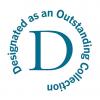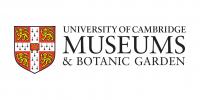What’s in the collection?
The most significant part of the Swainson Collection is over 2,700 bird skins which we hold in the Museum, along with 10,000 primarily Brazilian insects. Five quolls and a pygmy possum are the Australian species among around 20 mammal skins in the collection. The original purchase also included a large collection of Swainson’s ornithological drawings (which are now in the University Library) and 10,000 dried plants (which are now in the University Herbarium). The annotated manuscripts of his many books are held in the archives of the Museum of Zoology.
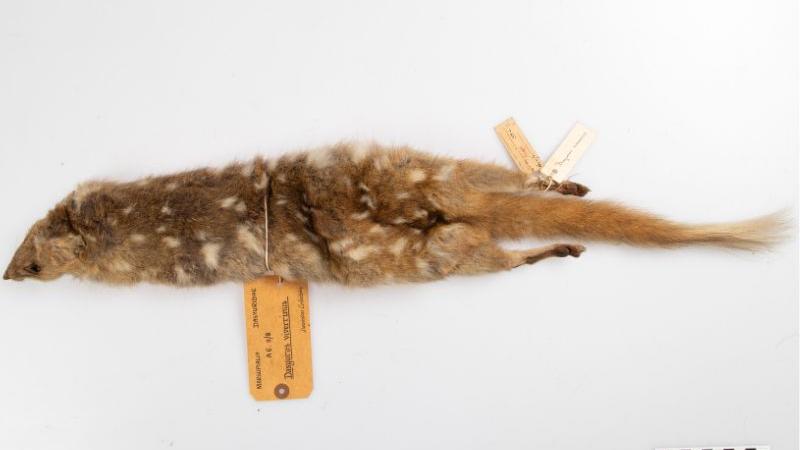
When did it arrive?
1840-1845
What do we know about the specimens in Cambridge?
Swainson invited both Oxford and Cambridge to purchase his large personal natural history collection prior to him moving to New Zealand in 1840. Oxford turned it down due to lack of funds and space, and the University Museum of Zoology’s archives show that there was much effort across the University to raise the money to purchase it. It appears to have eventually arrived in 1843, following payments totalling £320.
The collection was so large that it presented a significant storage challenge for years after it arrived, being moved around the University several times, including the rooms of the Cambridge Philosophical Society, the Woodwardian Museum and possibly the Fitzwilliam Museum.
Swainson had not travelled to Australia by the time the collection was purchased, and so he did not personally collect these specimens. There is a letter1 held in the University Library from 1829 to renowned botanist Allan Cunningham (1791-1839), who was based in Australia, in which Swainson asked Cunningham to send him bird and mammal specimens. It is therefore possible that Australian material in the Swainson collection came via Cunningham.
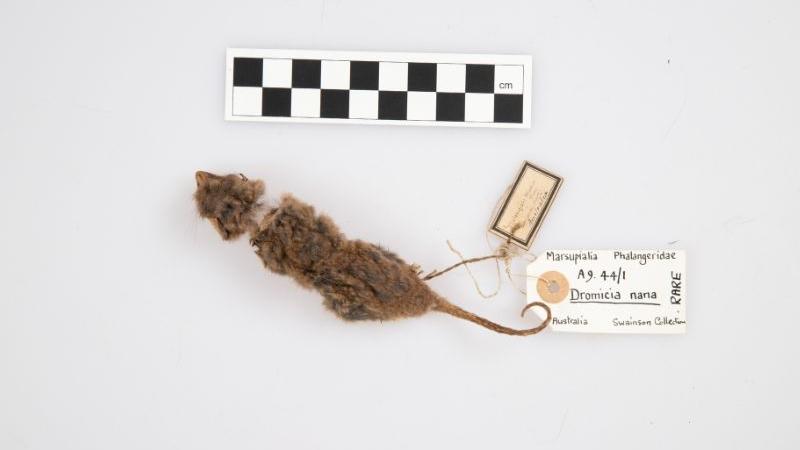
Who was William Swainson?
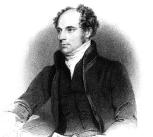
Swainson gained fame as a prolific writer and illustrator of natural history, producing many well-illustrated encyclopaedic books, particularly on birds, but also mammals, molluscs, insects and fishes. He developed his skills as a naturalist on deployment to Sicily, Malta, Italy and Greece with the British Army Commissariat between 1808 and 1815, but his participation in a scientific exploration of Brazil from 1817-1818 was transformational for his career, resulting in him producing The Birds of Brazil published in parts from 1834, and also collecting many of the specimens that formed part of the material purchased by the Museum. Swainson was a Fellow of the Royal Society and of the Linnean Society.
He was an accomplished illustrator and his use of hand-coloured lithography in his works was an early and influential adoption of the technology.
His reputation as a naturalist, if not an illustrator, was tarnished by his prominent support of a widely disparaged “circular” method of classifying organisms – the Quinarian system developed by William Sharpe Macleay. For example, in his 1845 book On the natural history and classification of quadrupeds, Swainson suggested that thylacines might be considered an aquatic member of the cat group, rather than grouping it with other carnivorous marsupials.
The lack of support for his work may be one reason behind his decision emigrate to New Zealand in 1841. Swainson did not want to move with his massive natural history collection, leading its eventual sale to the Museum. Two years prior, he was appointed to the committee of the New Zealand Company, established to manage the systematic colonisation of parts of the country. In New Zealand, Swainson claimed land (purchased from the company) to establish the 300-acre “Hawkshead” estate, which was re-claimed by the Māori chief Taringakuri, leading to ongoing conflict. In 1846 he fought as an officer in militia operations against Māori people.
In the early 1850s, Swainson was engaged by Australian governments for botanical study in extractive forestry operations in Tasmania, Victoria and New South Wales. This work was not considered a success, and he returned to his estate in New Zealand, where he died in 1855
Further reading
‘Swainson, William, 1789–1855', from An Encyclopaedia of New Zealand, edited by A. H. McLintock, originally published in 1966. Te Ara - the Encyclopedia of New Zealand
URL: http://www.TeAra.govt.nz/en/1966/swainson-william-1789-1855 (accessed 10 Feb 2023)
References
1. Letter to Allan Cunningham, 1829, GBR/0012/MS Add.9839/24. Cambridge University Library.



